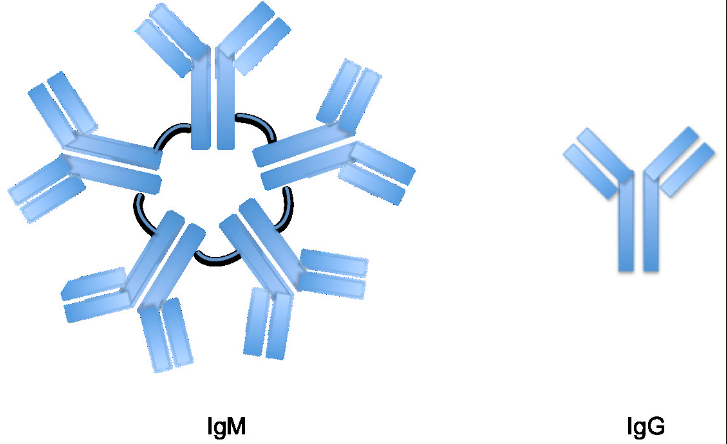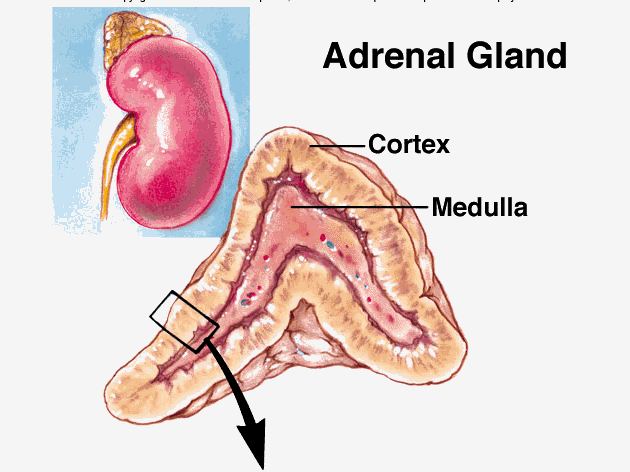Difference Between Gravity And Spring Control
Gravity Control In gravity controlled instruments, a small weight is attached to the moving system in such a way that it produces a controlling torque, when the moving system is deflected position. The controlling torque can be varied quite easily by adjusting the position of controlling weight upon the arm. Another weight is attached for … Read more

